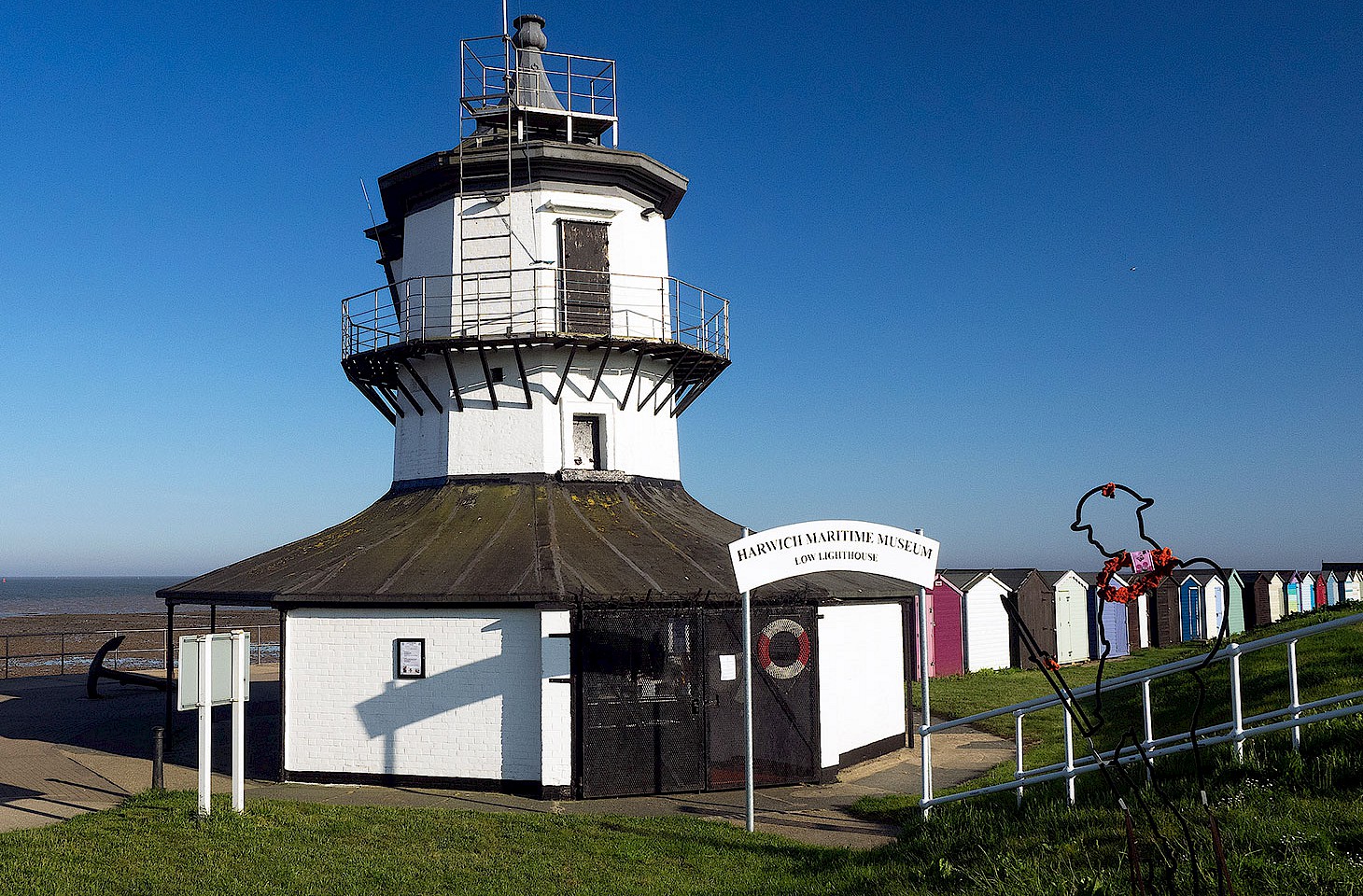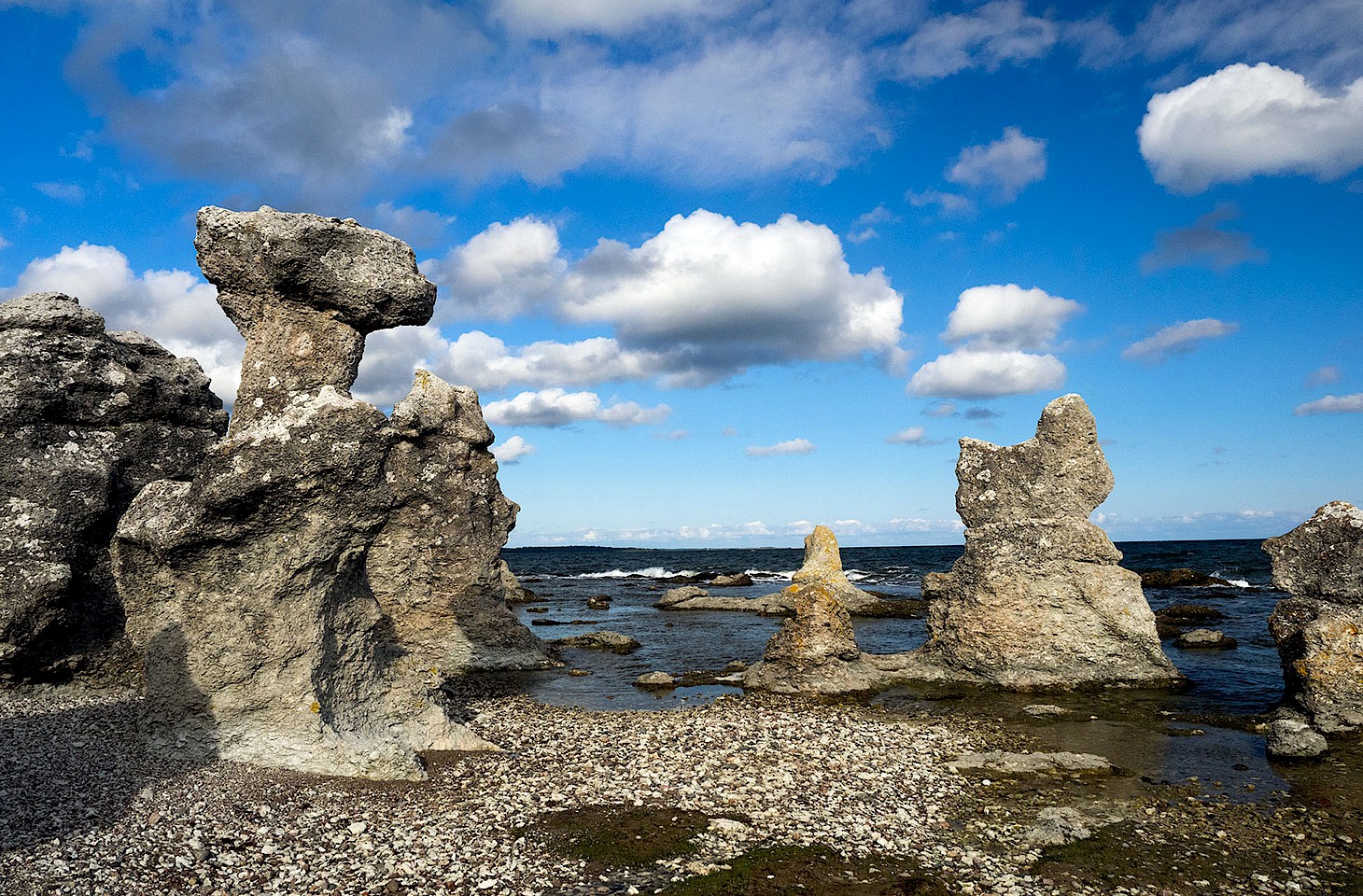The people are converging on the square. Not because there is anything special taking place, but merely because the square is the square and it is the place to be on a fine evening. Of course there are those who favour a quiet beer by the Corrib, and there are outdoor types who brave the winds to follow the causeway out to Mutton Island, hoping that they might glimpse an otter along the way. But, for the wild buzz of the city, nothing quite beats Eyre Square.
From the Jungle Café, with its token fronds of greenery, and the nearby vape shop, young men with tattoos are heading for the square. They cut in front of the bus coming in from Salthill, forcing the bus driver to brake sharply, open his window and tell the lads exactly what he thinks of them.
Aisling and Kayla, both up from Limerick, are on their way to the square, but the two young women pause by Logues to admire a ridiculously high-heeled pair of shoes in the shop window. The footwear is gaudily decorated in a floral pattern with matching handbag. Logues is a Galway institution. Multiple signs in the store windows remind passers-by that Logues is “the official footwear supplier to Connacht Rugby” — one assumes that the rugby players don’t go for the high heels though.
Rugby is big is Galway. But not as big as Gaelic football where they still talk in the pubs of the mighty treble when Galway, having beaten Kerry in the 1964 and 1965 finals, stormed to a hat-trick by blitzing Meath in the 1966 final at Croke Park in Dublin. “Aye, that was a night,” says Seamus in Eyre Square; he looks as though he may have been a mere infant in the mid-1960s.




